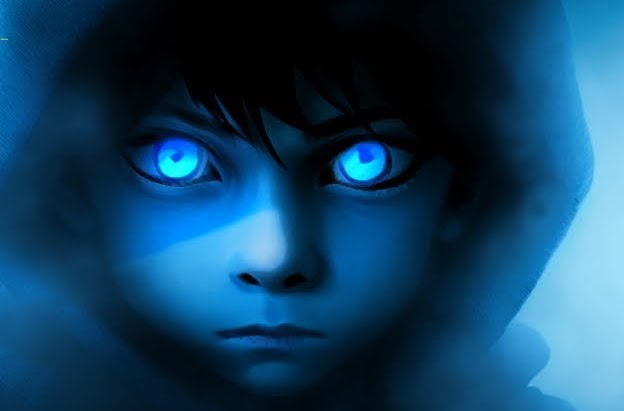All of his life Csaba Putnai has had a fascination for games, but he was well in his forties when he took the step to actually develop a game himself. His debut game Bob: A Thousand Lives, a dark themed action game about a boy that has to escape his all-consuming past, was released last year. “After the loss of my father, I began working on the Bob project and realized that the story and concept had been with me for years”, he says.
The Hungarian solo developer says he works best when working by himself. “I can fully express myself and my creative thinking is not limited.” Setting short-term goals keeps him motivated for longer stretches of development time. “I am persistent, and focusing on these goals helps me navigate through difficult periods”, he says. Putnai is now working on his next game The Last Three.
Why did you become a solo developer?
“I am 46 years old, and since the age of 5, the world of games and computing in all its forms has defined my life. It was only natural for me to eventually immerse myself in game development. My journey into game development started at the beginning of 2021. Looking back, I’ve always been most productive when working alone. Having someone else present during any creative activity has always been a distraction for me. I believe it’s in my nature.”
What are the biggest advantages of working solo?
“In my case, perhaps the greatest advantage is that I can fully express myself, and my creative thinking is not limited. There are no shared visions, and I can implement my own ideas in the game exactly as I envision them. It’s also beneficial to have a diversified skill set. For example, after spending days on level design, you can switch gears and work on editing the game’s music.”
And the biggest pitfalls?
“In the long run, the lack of objectivity and perspective. If I spend too much time with a particular aspect of the game, at the end of the day it’s hard to determine if I made actual progress with the game. Or if I have set development back by ten hours!”

What’s your creative process? (brainstorm sessions alone? test ideas with peers?)
“I enjoy contemplating and brainstorming alone. Often, silence and solitude inspire me the most. Solo development allows me to fully immerse myself in my own thoughts and ideas. My creative process often involves exploring other games, books, or films. If a particular theme resonates with me, it’s easier for me to transition into a creative mode.”
“I occasionally seek input from my wife, asking for advice on specific cases like, ‘How does this look, does it fit here, is this too much, or too little?’ However, we don’t specifically sit down for extensive design work. Another helpful tool is a large notebook where I jot down inspirations and spontaneous ideas from everyday life. This can prove valuable later when needed.”
How do you stay motivated through (years of) development?
“When embarking on long-term development projects, maintaining motivation can be challenging at times. However, I am persistent, and focusing on goals helps me navigate through difficult periods. Seeing the gradual progress of the project and the achievements attained, serves as a motivating force for me. Additionally, I regularly set short-term goals to make gradual advancements. Achieving these milestones has a positive impact on my motivation. My dedication and the joy derived from smaller accomplishments help sustain momentum and energy throughout the years of development.”

Will you ever work in a team or is it only solo for you?
“I believe working in a team might not suit me well, so I don’t actively pursue it. However, I could envision teamwork in the future, particularly with someone I have a close connection to, perhaps in another project. Considering the personal nature of my game Bob: A Thousand Lives, it might not have been possible for me to create it any other way than as a solo project.”
How did you get the idea for the Bob: A Thousand Lives?
“After the loss of my father, I began working on the Bob project and realized that the story and concept had been with me for years. I just happened to find the right expression for it in the form of a game. Surprisingly, the narrative of the game came to me quite quickly. In retrospect, it feels like I only needed to strip away layers of myself to reveal the story of Bob. In a metaphorical sense, the everyday struggles we all face become a kind of routine in everyone’s life. While these routines may be very similar for everyone, each person experiences and narrates them differently. My story became Bob: A Thousand Lives.”
What lesson that you learned from Bob do you apply in the development of your new game The Last Three?
“While not a technical lesson, perhaps the most crucial insight is not to rush anything and to take ample breaks when needed during development to maintain objectivity as much as possible.”
The toll on your mental health can be quite high for solo developers. How do you deal with that?
“As a solo developer and the caregiver for my wife, who has Ataxia, my life is filled with many challenges. Providing care is mentally demanding, but over time, I have learned to cope with my situation. While the challenges of game development are complex, they are less burdensome because the experiences gained in everyday life have toughened me and helped me in overcoming difficulties. There are tough periods, but I am resilient. The profound self-awareness acquired over the long years of caregiving helps me maintain my mental health during development.”

